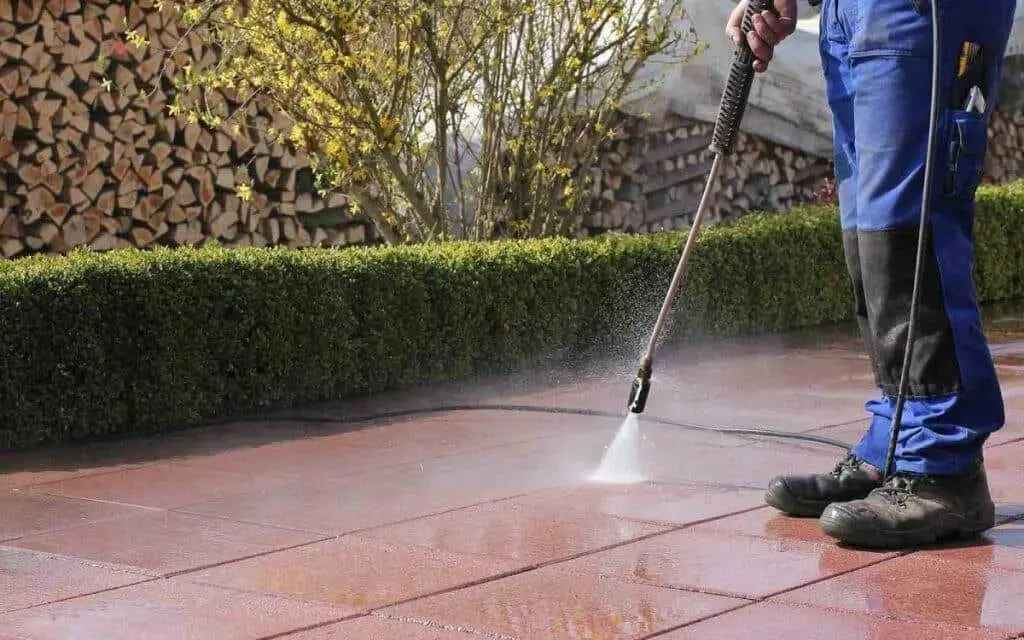A Comprehensive Guide to Silicone Mould Removal in Sydney

Mould Removal in Sydney
Mould in the bathroom, especially on shower silicone, is a common issue faced by many homeowners. Not only is it unsightly, but it can also pose health risks if left untreated. Sydney, with its humid climate, can be particularly susceptible to mould growth. In this article, we’ll delve into effective methods to combat mould in shower silicone and ensure a clean, hygienic bathroom environment.
Also Read:- Raleigh House Cleaning & Maid Service
Understanding Mould Growth in Shower Silicone
Shower silicone is prone to mould growth due to its constant exposure to moisture. Mould spores thrive in damp environments, and the bathroom provides the perfect conditions for its proliferation.
Steps to Remove Mould from Shower Silicone:
- Gather Necessary Supplies: Before starting the mould removal process, ensure you have white vinegar, baking soda, an old toothbrush, rubber gloves, and a spray bottle.
- Prepare the Cleaning Solution: Mix equal parts of white vinegar and water in a spray bottle. For stubborn mould, consider using undiluted vinegar.
- Apply the Solution: Spray the vinegar solution generously on the affected areas and let it sit for about 30 minutes.
- Scrub Away the Mould: Using the old toothbrush, scrub the mouldy areas gently. For tougher spots, create a paste using baking soda and a little water, and apply it to the mould. Scrub again.
- Rinse and Dry: Once the mould is removed, rinse the area with clean water and dry it thoroughly.
Professional Mould Removal in Sydney
For severe mould infestations, it’s advisable to seek professional help. Companies like The Mould Doctor in Sydney specialize in mould removal and can ensure thorough cleaning. They also offer mould testing and mold testing services to assess the extent of mould growth and recommend appropriate solutions.
Preventive Measures:
- Ensure Proper Ventilation: Regularly ventilate your bathroom to reduce humidity levels. Consider installing exhaust fans if you don’t have them.
- Regular Cleaning: Regularly clean your bathroom and especially the silicone areas to prevent mould buildup.
- Use Anti-Mould Products: Consider using anti-mould sprays or paints, especially if you live in areas with high humidity.
Frequently Asked Questions:
What causes mould growth on shower silicone?
Mould thrives in damp environments. The constant moisture in bathrooms, combined with organic material (like soap scum), provides the perfect conditions for mould growth.
Is mould dangerous?
While not all moulds are harmful, some can release toxins that can cause allergic reactions and respiratory issues.
How often should I clean my shower silicone?
It’s advisable to clean your shower silicone at least once a week to prevent mould buildup.
Conclusion
Mould in shower silicone can be a persistent issue, especially in humid regions like Sydney. However, with regular cleaning and preventive measures, it’s manageable. Whether you opt for DIY cleaning methods or seek help from professionals like The Mould Doctor, the key is to address the issue promptly and ensure a clean, mould-free bathroom.








